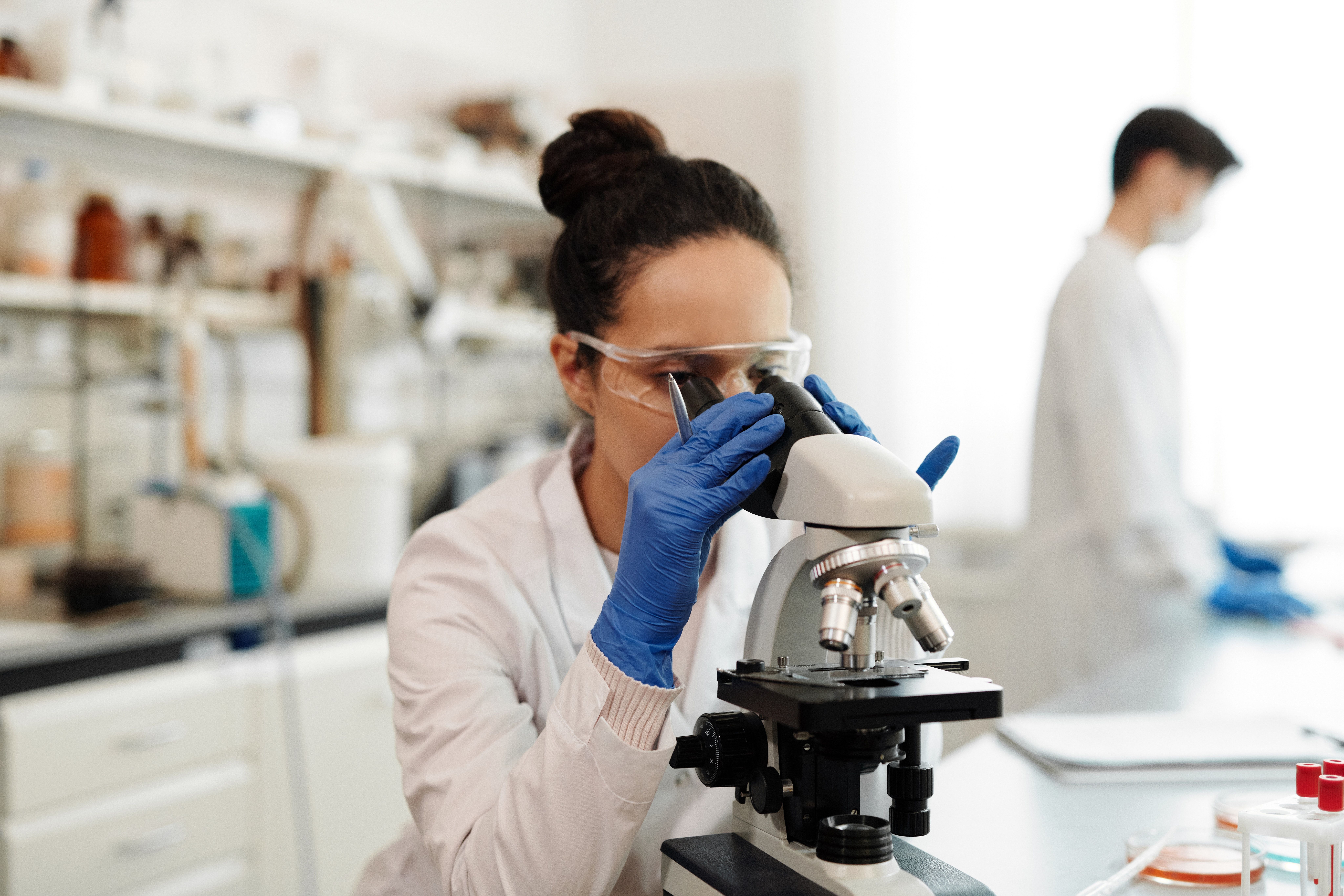Investigational Antibiotic Exerts Irresistible Mechanism Against Immutable Target
The investigational antibiotic, clovibactin, isolated from soil bacteria demonstrates unique mechanism against conserved site on drug-resistant bacteria.

An investigational antibiotic, clovibactin, from a bacterium found in soil, evidenced unique action against a broad range of Gram-positive pathogens including methicillin-resistant S Aureus (MRSA) in early testing, without measurable cytotoxicity or development of resistance.
Rhythm Shulda, MSc, PhD candidate, Membrane Biochemistry and Biophysics, Department of Chemistry, Utrecht University, Utrecht, The Netherlands, and colleagues describe the discovery and testing of the new agent derived from Eleftheria terrae in a preprint paper.
"Traditional screening sources seem overmined as they tend to yield previously known compounds. As the drug discovery pipeline has considerably thinned, it is prudent to search for new antibiotic with unprecedented mechanism of action among untapped groups of bacterial producers," Shulda and colleagues explain.
Utilizing IChip technology, the investigators sought out such a discovery among uncultured bacteria, which they indicate, "represent a vast, ~99% of all species, unexploited source of new natural product scaffolds." The investigators describe the source for clovibactin as a very rare ß-proteobactria, found in sandy soil in North Carolina and thus designated E terrae ssp. Carolina.
The first antibiotic derived from the organism, kalimantacin, did not demonstrate sufficient efficacy in agar plate testing with S aureus, but lent itself to genomic sequencing investigations, and the subsequent identification of a biosynthetic gene cluster (BGC) with partial identification to the kalimantacin/batumin operon.Interrupting the first gene in the operon produced related candidates, and bioassay-guided isolation of components from a fermentation broth of E terrae ssp. Carolina Δbat1 separated by high-performance liquid chromatography (HPLC) yielded a novel depsipeptide compound.That product was named clovibactin after demonstrating activity against both S Aureus and Bacillis subtilis.
Subsequent testing revealed clovibactin not only active against MRSA, but daptomycin-resistant as well as vancomycin-intermediate resistant (VISA) strains, and difficult-to-treat vancomycin-resistant Enterococcus faecalis, and E faecium. Minimum inhibitory concentrations and time-dependent killing measures indicated that clovibactin is more potent against S aureus than vancomycin.
Although clovibactin shares the action of interfering with bacterial cell wall biosynthesis with many other antibiotics, an array of testing including with nuclear magnetic resonance (ssNMR) revealed that it does so with an unusual hydrophobic interface around pyrophosphate in multiple and essential peptidoglycan precursors (PPi).
"In general, PPi seems as an unsuitable target for an antibiotic, since it will be released from dead cells together with PPi-containing nucleoside phosphates, and commonly present in the environment," commented Shukla and colleagues.
"At the same time, pyrophosphate is both an essential and immutable moiety of cell wall lipid intermediates, unlike other portions of the molecules, such as the pentapeptide of lipid II or sugars that can be modified...or mutated," they added.
The investigators are optimistic that other novel antibiotics will emerge from accessing silent operons, uncovering compounds masked by abundantly produced antimicrobials, and discovering previously uncultured bacteria in the environment.
The race to mine the environment for antibiotics that outpace bacterial resistance has encountered another hurdle, however, as a recent publication by investigators in Sweden points out that the environment also contains an abundance of latent antibiotic resistance genes that await awakening.
